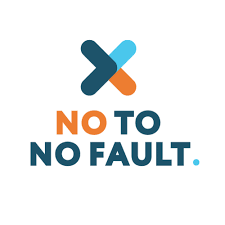
No fault is no good: what the possible change to the insurance industry means for car accident injury claims in Alberta
On the brink of changing to no-fault
With Alberta on the verge of possibly introducing no-fault auto insurance, Albertans must be aware of the consequences that switching to this scheme will have.
Recent news articles strongly suggest that changes to Alberta’s auto insurance law could be coming even before the end of the year, as a result of a report prepared by Oliver Wyman and the Nous group for the Alberta government. You can read that report here.
We at Moustarah & Company are quite disheartened by the likely change to a no-fault auto insurance scheme. Not only will this scheme take away your right to sue others for wrongdoing, it will also significantly reduce your ability to access holistic compensation for your injuries.
What is no fault?
The basics of no-fault insurance schemes are exactly what they sound like: that nobody can be found at fault for a car accident.
Currently, if someone rear-ends you and you get hurt – you are able to access medical coverage under your own insurance Section B benefits, and then you are also able to make a claim for “bodily injury” against the insurance of the person that rear-ended you. The Section B benefits only covers the first 21 treatments and is only in effect for the first 2 years from the date of the motor vehicle accident. Any medical expenses and any medical treatment required beyond the limits of your own Section B benefits you have the right to claim against the at fault driver for fair compensation. With the new system, in its basic form, that bodily injury claim is taken away from you: you cannot make a claim for it against the other driver’s insurance, and you are only able to access medical benefits under your own policy. Your own insurance company will determine what medical expenses and medical treatments they will cover.
Limited compensation for victims
One of the primary flaws with no-fault insurance is that compensation available to injured people is restricted. This is because an injured person is no longer able to sue for their bodily injuries. That means you are not able to sue the wrongdoer for any pain and suffering, lost wages or medical expenses. Rather, you are forced to rely on your own insurance company to get any compensation. By taking out the impartial court system from the process, the insurance companies have all the power in determining how much compensation you will get.
British Columbia introduced a no-fault insurance system in May 2021 and had labeled it as a system that would ensure people in that province would have quicker access to care and would have better access to benefits and compensation. However, years later, it is becoming abundantly clear that is not the case. There has been extensive news coverage of individuals coming forward with their horror stories of getting limited compensation under the no-fault system in BC. One example is of a man who was left quadriplegic after an accident and is now struggling to get adequate benefits for his treatment.
Conflict of Interest
Another common criticism of a no-fault system is the conflict of interest that exists. As we all know, insurance companies are motivated to maximize profits, and they do this by either reducing expenses or increasing premiums. In a no-fault system, insurance companies are responsible for paying you compensation and determining how much compensation you will get. This will result in lower compensation and inadequate benefits for you as the insurance company is less incentivized to fully investigate claims and provide fair compensation to injured people.
How no-fault has gone in other jurisdictions
While Alberta has been one of the last holdouts of a fault-based insurance scheme, and has faced pressure to switch to a no-fault system much like other provinces, the switches we have seen from other provinces is not convincing.
For example, as discussed above, there are significant issues flowing from British Columbia’s switch to a no-fault scheme.
Another jurisdiction is that of Ontario, where you can only sue for bodily injury according to a category system: either you are considered not very hurt – defined as a “minor injury”, and you aren’t allowed to sue for much bodily injury at all; you’re considered a medium level of hurt – defined as a “non-catastrophic injury”, and you can sue for some amount of money; or, you’re considered very injured – defined as “catastrophic injury”, and this opens the door to much larger claims.
The inherent problem with category systems like Ontario’s is that for someone who arguably falls on the brink of one category or the next – their ability to make a claim is significantly reduced by these three limited labels. Further, as we discussed above – the conflict of interest clearly comes into play: you have to waste your energy fighting your very own insurance company so that you can get recategorized into the appropriate category rather than just being able to quickly and efficiently access customized, individualized care that’s right for you.
Similarly, in Quebec, there is both private and public insurance. You can advance a claim for bodily injury against the public insurance scheme, and your claim will be measured on an index to compensate you in accordance with what you experienced. However, the irony is that this model circles back to the previous system, where you could make a claim for bodily injury in the first place!
This signals that no matter where we look, injured parties realize more than ever in the moment of their injury that they want access to that ability to make a claim for their losses – and that the no-fault system is insufficient to address this. A fault-based system is customizable and individualized, allowing each person to advance the right claim for them.
Incorrect Information about No-Fault
If you still aren’t convinced about the major shortcomings that a no-fault insurance scheme has, here are some more important pieces of information to consider.
We invite you to browse the Insurance Bureau of Canada’s response to the Oliver Wyman/Nous group report that recommended the no-fault scheme to the Alberta government.
This short, 4-page response is packed full of information and discusses points out misleading conclusions from the report: such as how incorrect or overstated data was relied upon, or inaccurate conclusions about premium calculations.
A no-fault insurance system would eliminate personal rights and the ability for accident victims to challenge insurers’ decisions through an impartial court process. Please contact the Alberta government Finance Minister by email tbf.minister@gov.ab.ca and add your voice to the thousands who are saying NO to no-fault insurance in Alberta. Also contact your MLA, you can find out who your MLA is at https://www.elections.ab.ca/voters/members-of-the-legislative-assembly/. Say NO to no-fault insurance today.
Contact Moustarah & Company Today
As noted at the top of this blog, these changes to no-fault auto insurance in Alberta are not out yet. However, with the tone in the news lately, we at Moustarah & Company want to support you however we can in light of the possible changes. If you have been injured in a car accident, please contact us for a free initial consultation so that we can help you access the maximum compensation available under our current system.

